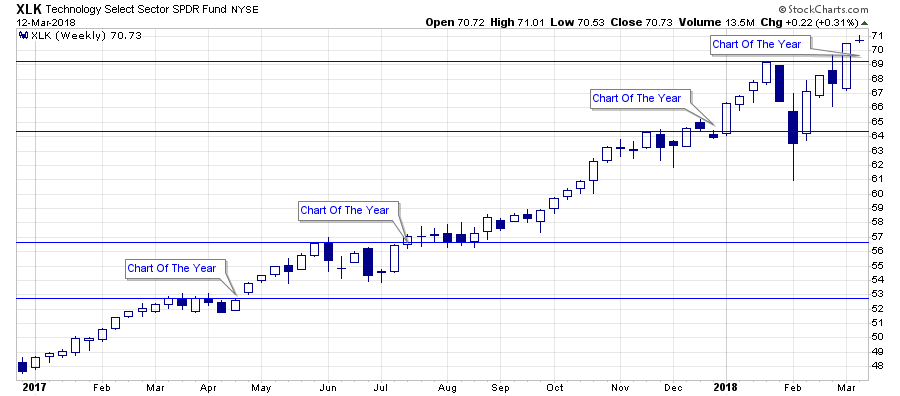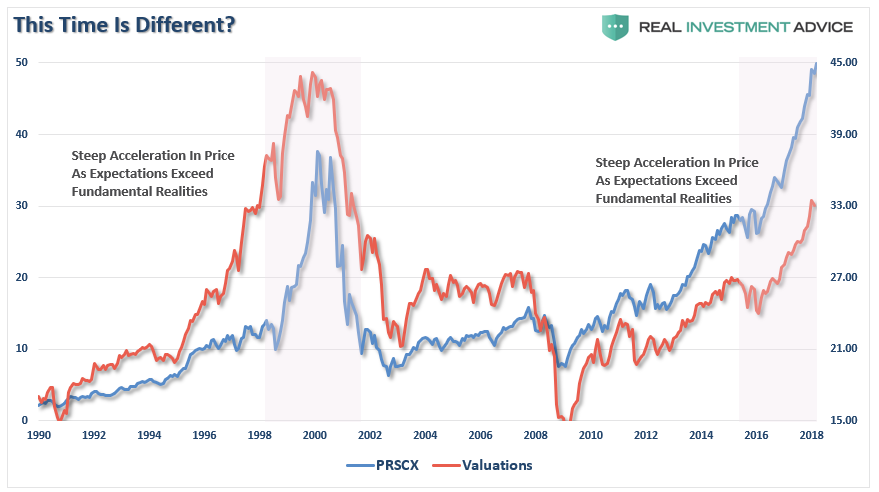Last week we noted that in what was a radical U-turn to what other public pension funds have been doing in recent years – most notably Calpers – the struggling New Jersey public pension system decided that instead of lowering its expected rate of return, it would raise it, from 7% to 7.5%.
The simple reason behind this odd increase in projected returns was an accounting sleight of hand which would allow the state of New Jersey to save some $238 million in pension contributions as a result of the higher discount rate applied to the fund’s liabilities. And with a pension funding level of only 37% for the 2015 fiscal year, the worst of any state in the US, New Jersey would gladly take even the most glaring accounting gimmickry that would delay its inevitable death.
Unfortunately, being the not so proud owner of the most distressed and underfunded public pension fund in the US is just the start of New Jersey’s monetary woes, and as Bloomberg reports, New Jersey’s fiscal situation is so dire that new Governor Phil Murphy has proposed taxing online-room booking, ride-sharing, marijuana, e-cigarettes and Internet transactions along with raising taxes on millionaires and retail sales to fund a record $37.4 billion budget that would boost spending on schools, pensions and mass transit.
The proposal which is 4.2% higher than the current fiscal year’s, relies on a tax for the wealthiest that is so unpopular it not only has yet to be approved, but also lacks support from key Democrats in the legislature, let alone Republicans. It also reverses pledges from Murphy’s predecessor, Republican Chris Christie, to lower taxes in a state where living costs are already among the nation’s highest.

Murphy, a Democrat who replaced term-limited Christie on Jan. 16, said his goal is to give New Jerseyans more value for their tax dollars; instead he plans on bleeding them dry. He has promised additional spending on underfunded schools and transportation in a credit-battered state with an estimated $8.7 billion structural deficit for the fiscal year that starts July 1.
“If we enact another budget like the one our administration inherited, our middle class will continue to be the ones shouldering the burden, while seeing little in return,” Murphy said Tuesday in his budget address to lawmakers. His solution? Socialist wealth redistribution: “A millionaire’s tax is the right thing to do –- and now is the time to do it.”
A better way of putting it, as Bloomberg has done, is that New Jersey’s budget “would raise taxes on almost everything.”
Of course, that is not a politically palatable thing to say, so let’s first crush the millionaires; the same millionaires who – like David Tepper in April 2016 – have decided they have had enough and departed for Florida long ago, taking with them hundreds of million in taxes. Because what New Jersey fails to grasp, is that the truly rich can pick up and go at a moment’s notice, and transfer to any place in the country that actually does not legalize daylight robberies.
Meanwhile, the idiocy proposed by Democrat Murphy counts on total revenue growth of 5.7%, an impossible number and the most since at least 2013… when it fell short. Murphy would increase the tax rate applied to income above $1 million to 10.75 percent from 8.97 percent, generating $765 million; and restore the state’s sales tax to 7% from 6.625%, raising $581 million.
Guaranteeing that the state’s hedge fund residents would promptly flee, the budget would also “gain” $100 million by closing a carried-interest loophole on hedge-fund income.
“He must be kidding,” Senate Minority Leader Tom Kean Jr., a Republican from Westfield, said after the speech. “I don’t think anybody could have anticipated this level of tax increases.”
So where would the money go?
Murphy’s proposal would almost triple the direct state subsidy for New Jersey Transit, which has been plagued by safety and financial issues. Including funding for the agency from the state’s Turnpike Authority and an energy fund, he boosts money for New Jersey Transit by about a third.
His plan also includes a move to raise the state property-tax deduction to $15,000, which would benefit about one-third of homeowners, according to a budget summary. It also would create a child-care tax credit and increase the earned-income tax credit.
The budget also plans for four-year phase-ins of a $15 minimum wage and full school funding as mandated by the state Supreme Court, and a three-year path to make community college tuition-free.
Oh, and speaking of the above pension woes, guess who will be on the hook to make the state’s public workers whole? Why taxpayers of course as the budget includes a record $3.2 billion pension payment, putting the state on course to resume full funding by 2023, according to budget officials.
And though the short-term effect may be positive, between the taxpayer subsidy and the idiotic hike in return assumptions, it won’t fix a system with a combined unfunded payments and medical-benefits liability that reached $184.3 billion in 2017, according to a March 5 commentary by S&P Global Ratings. The two biggest funds are forecast to be broke in 2024 and 2027.
“You kept hearing the same word: investment, investment, investment,” said Assembly Republican Leader Jon Bramnick, from Westfield. “Let me interpret that for you: It’s taxes, taxes, taxes.”
* * *
Unfortunately for New Jersey, it may be too late: according to Bloomberg, Murphy met with the major ratings agencies in New York earlier this month to outline his financial plan (New Jersey’s credit rating is the second-worst among U.S. states, trailing only Illinois). That however won’t stop the local democrats from trying.
Senate President Steve Sweeney, a Democrat from West Deptford and the highest-ranking state lawmaker, was a perennial sponsor of a millionaire’s tax during the Christie years, only to see the governor veto it seven times. In the wake of President Donald Trump’s $10,000 limit on state and local property-tax deductions, though, Sweeney says the extra charge would drive more wealth from a state that already has the nation’s highest property taxes.
Yet what is strange, is that the two top wealth redistributors, Sweeney and Murphy, now disagree on how to fatten state coffers. Last week Sweeney outlined a proposal for a 3% surcharge on corporations earning more than $1 million annually, for an estimated $657 million. Murphy said he wouldn’t accept it as an alternative to his plan.
Sweeney, in a joint statement with other Senate Democratic leaders, said Murphy’s budget “includes many ambitious proposals that are appealing, but will require thorough review and consideration to determine if they are achievable. We will maintain an open mind throughout the budget process.”
Meanwhile, Murphy’s plan for the fiscal year starting July 1 counts on $80 million of revenue from a plan to legalize recreational marijuana by January 2019. He also intends to expand access to medical marijuana. However, the governor is receiving push-back on recreational marijuana from Republicans and some members of the Black Legislative Caucus. Though polls show majority public support to make New Jersey the 10th state to allow the drug – and Murphy says its taxation would generate hundreds of millions of dollars – opponents say it would harm youngsters in poor communities and lead to increased use of outlawed substances.
Murphy’s plan to raise the sales tax likely also will be a tough sell. The last two New Jersey governors to do so, Democrats Jon Corzine and James Florio, were ousted after one term.
In short, New Jersey’s democrats can’t even agree how to best fleece the rich, meanwhile the state careens ever faster toward financial disaster.

via RSS http://ift.tt/2FzB549 Tyler Durden




















